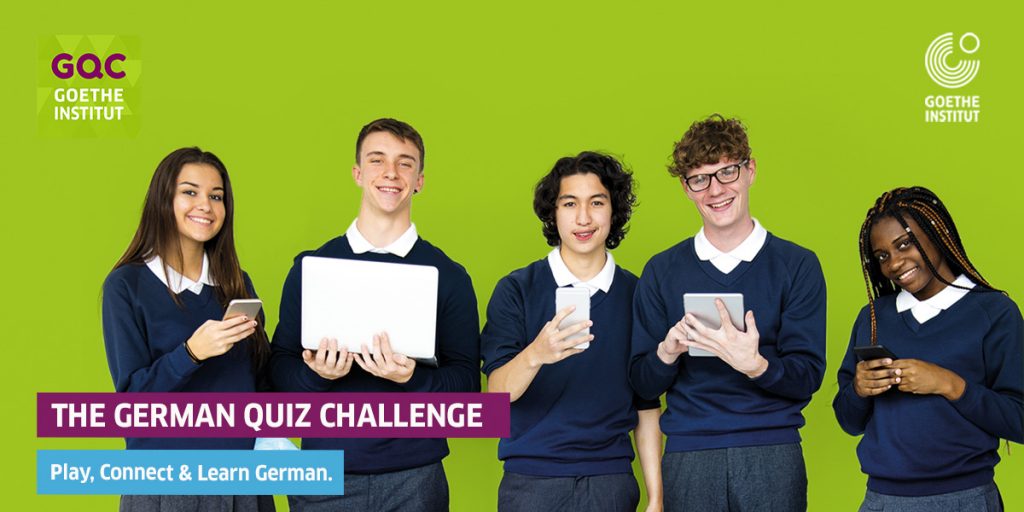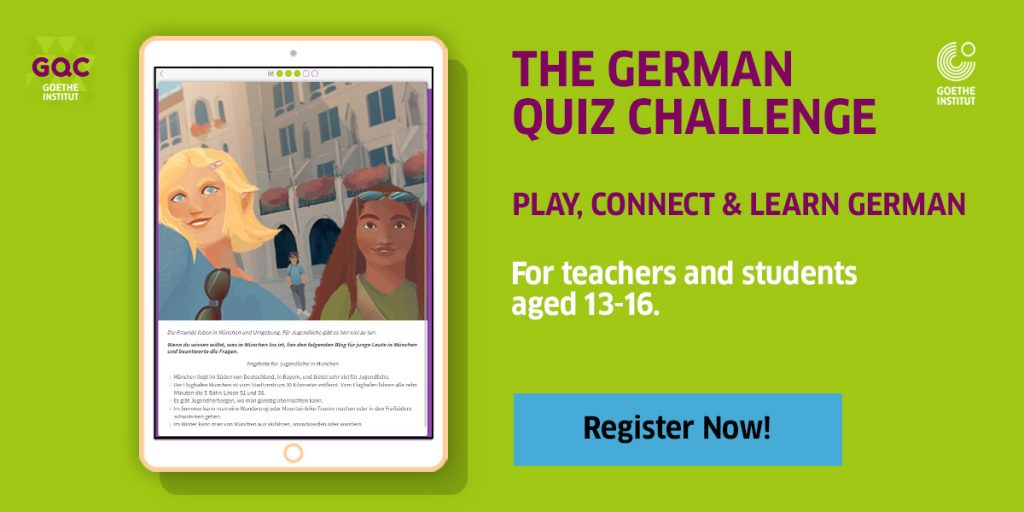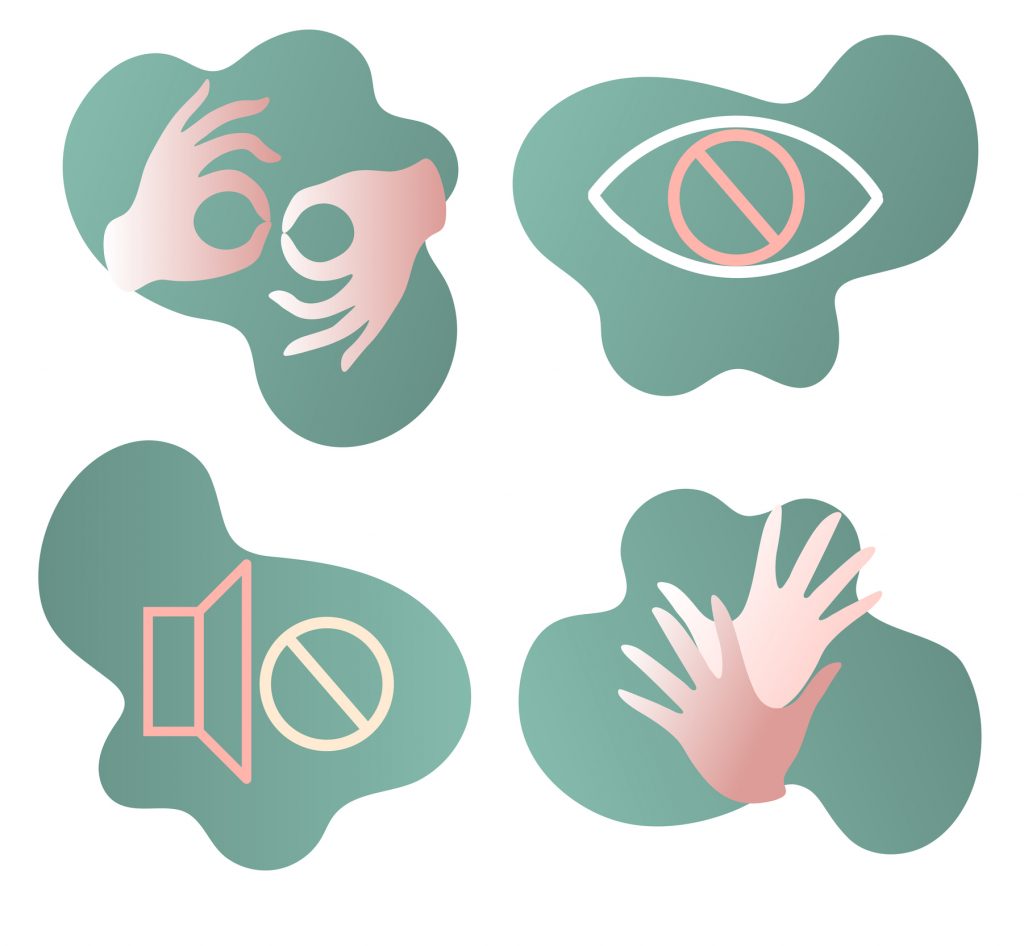Students encounter excellent cultural references in today’s Spanish language textbooks. Striking photographs, stunning videos, and authentic materials bring the art, music, cuisine, and literature of the Spanish-speaking world to learners. But where are the cultural vignettes and references linked to the science, technology, engineering, and math (STEM) fields? Specifically, a topic absent from these cultural discussions is la edad de oro del software español (the golden age of Spanish software).
Known in Spain and Europe, but largely ignored in the U.S. and elsewhere, the years 1983–1992 were the golden age of Spanish software. During this time span, Spain became Europe’s second-largest software producer of eight-bit computer software games, the dominant gaming platform at the time. Spanish coders and Spanish software companies developed a unique style of video games and text adventures. Many of these made-in-Spain games, and their characters and artwork, are still featured as classics in video gaming publications and culture today.
The golden age of Spanish software makes an engaging topic on which to base a cultural presentation, when going beyond the textbook. Research shows that video games are a part of students’ lives, crossing cultural and racial divides, making the golden age of Spanish software a motivating topic to assign individual students or small groups for a project. A presentation would start with the historical fact that video gaming in Spain, and much of Europe, in the late 1980s was done on eight-bit home computers. Examples of computers popular at the time in Spain were the ZX Spectrum, Amstrad CPC, MSX2, and Commodore 64. A quick picture of the Commodore 64, as it was the best-selling computer in history and popular in the U.S., would quickly connect to students’ background knowledge. Similarly, a quick picture of the Nintendo Entertainment System (NES) would be recognizable to students and show what was popular in the U.S. at the same time. However, programmers in Spain were primarily creating game ROMs that were released on cassette tapes or 5 ¼” floppy discs for computer gaming, and not cartridges for gaming consoles as in the U.S.
YouTube, Vimeo, and other video-sharing websites have complete walk-throughs and homages, in multiple languages, for many of these games. Searching for the major Spanish gaming companies of the era, such as Dinamic, Erbe, Opera Soft, or Topo Soft, easily locates material to share with students. These exercises connect a cultural achievement in the Spanish language to an audience generally excited by video gaming. Best-selling games to show students include Babaliba by Dinamic or La Abadía del Crimen, regarded as a jewel of the golden age, by Opera Soft. Video games are modern examples of story-telling, myth-making, and rhetoric, to which students easily connect. These games showcase the classic sounds, colors, shapes, and text in Spanish of this era while connecting to cultural themes of the Spanish-speaking world.
Text adventure was a popular genre of the golden age, and Spanish programmers excelled at it. In early text adventures, there are no graphics at all. The player types simple word commands such as sur (south) to move to the south or examina (examine) to take a closer look. The gameplay is relayed back to the player through a response to the action, setting the scene for the next command; for example, a response may be: Un dragón controla que nadie se escape, puedes ir al norte o este. (A dragon ensures that no one escapes, you can go north or east.) Players often must try multiple commands before the games allows them to progress along the journey. Owing to the limited graphical capabilities of the computers at the time, these games utilized text commands drawn from a limited vocabulary base, making them useful learning tools for beginning and intermediate language learners. Text adventures at this time became so popular in Spain that Dinamic broke off a division of its company and created Aventuras AD, a programming firm dedicated solely to programming text adventures. Some of the well-known games of this genre are El Jabato, La Diosa de Cozumel, and Don Quijote. Combining cultural and historical themes with basic Spanish-language gameplay, these games are authentic language tools to bring into the classroom. A popular and up-to-date website for current fans of text adventures is CAAD: Club de Aventuras AD. The site has forums, articles, and direct links to classic text adventures from the golden age of Spanish software, free to play and recreated with exacting historical accuracy to play on modern browsers.
The video gaming industry in Spain collapsed in the 1990s and the golden age of Spanish software ended in 1992. Multiple factors contributed to the fall. Specifically, users rapidly replaced their eight-bit machines with 16-bit computers such as the Commodore Amiga, Atari ST, and the soon-to-be-ubiquitous IBM PC, while the Spanish video gaming industry remained focused on eight-bit computers.
This was further exacerbated by casual gamers switching to consoles such as the Sega Genesis and NES for gaming. Finally, programming companies lost potential revenue through rampant software piracy. The cassette and 5 ¼” floppy disc formats’ low cost and ease of distribution aided in the rise of the golden age of software, but these features also made them susceptible to piracy, which accelerated the fall of the golden age.
Few resources in English document the golden age of Spanish software. However, the definitive history of the golden age, titled Ocho Quilates: Una historia de la Edad de Oro del software Español, exists in two books, one focused on 1983–1986 and the other 1987–1992. The author, Jaume Esteve Gutiérrez, updated them and released new editions in 2016. These are detailed and well-researched resources to learn more about the golden age of Spanish software and its impact in Spain and globally.
The golden age of Spanish software should not be a historical footnote. STEM needs to be connected throughout the curriculum, and Spanish achievement in STEM needs to be showcased along with the art, music, and theater of the Spanish-speaking world. Students are comfortable with video games and they provide a real-life application of STEM. Exposure to STEM and to coding needs to be part of the modern curriculum and brought into the classroom, this includes the world language classroom. Making the golden age of Spanish software come alive for students achieves this objective.
Ransom Gladwin is a full professor of Spanish at Valdosta State University, Valdosta, Georgia, and coordinator of both the English as a second language and the foreign language education programs. If you would like a free classroom presentation on the The golden age of Spanish software, send a request to [email protected].















